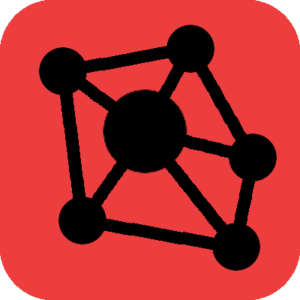
In my previous blog post, I had achieved the authentication at the initial handshake in the app. Since then there has been quite a lot of progress in upgrading the Meshenger app.
Progress Till Now
1.) Refactoring of the codebase
Initially, I started with the refactoring of the codebase in order to allow different means of connection to the client. For e.g. contacting a client over the server or Internet, enabling direct calls in layer 3 networks with the help of multicast groups and pim6sd. etc. I am working on enabling the calls over the Internet.
Firstly, I started by removing the “challenge” from the entire codebase. Challenge was used as a security parameter but now as authentication has been developed, it became redundant. Secondly, I refactored the Contact (Client data) and AppData (User data) class to hold different connection data like mac address, port and the hostname. I moved the identifier and address in the “connection_data” ArrayList and stored the data structure serialized as a string in the Contacts database which needed to hold different contact data of the form List<ConnectionData>. I added this data to the QR-Presenter Activity ‘s QR-Code and parsed in the QR-Scan Activity. I followed the same procedure for the AppData database also. Lastly, I also removed “username” and “identifier” from the call JSON.
2.) Implementing client online/offline detection over the Internet
For implementing the client online/offline detection over the Internet, I needed to hold a persistent TCP/IP connection to a signalling server. So I started a thread at the start of the app and that thread opened a persistent TCP/IP socket for each SignalingServer object in the connection_data. The sockets were held open for as long as the app is running. I used a signalling server made on node.js and ran it on the laptop. Then after connecting the phone A and phone B to the laptop’s hotspot, I ran the app on the phone A and the server displayed that the user is online. After that, I checked for the client status by running the app on phone B while still keeping the app on phone A on. The result was displayed that the client was online and the client’s status was detected over the Internet.
Next Steps
The next phase i.e. the Final Phase of GSoC 2019, will be about achieving the call over the Internet, adding other features and some code polishing.
